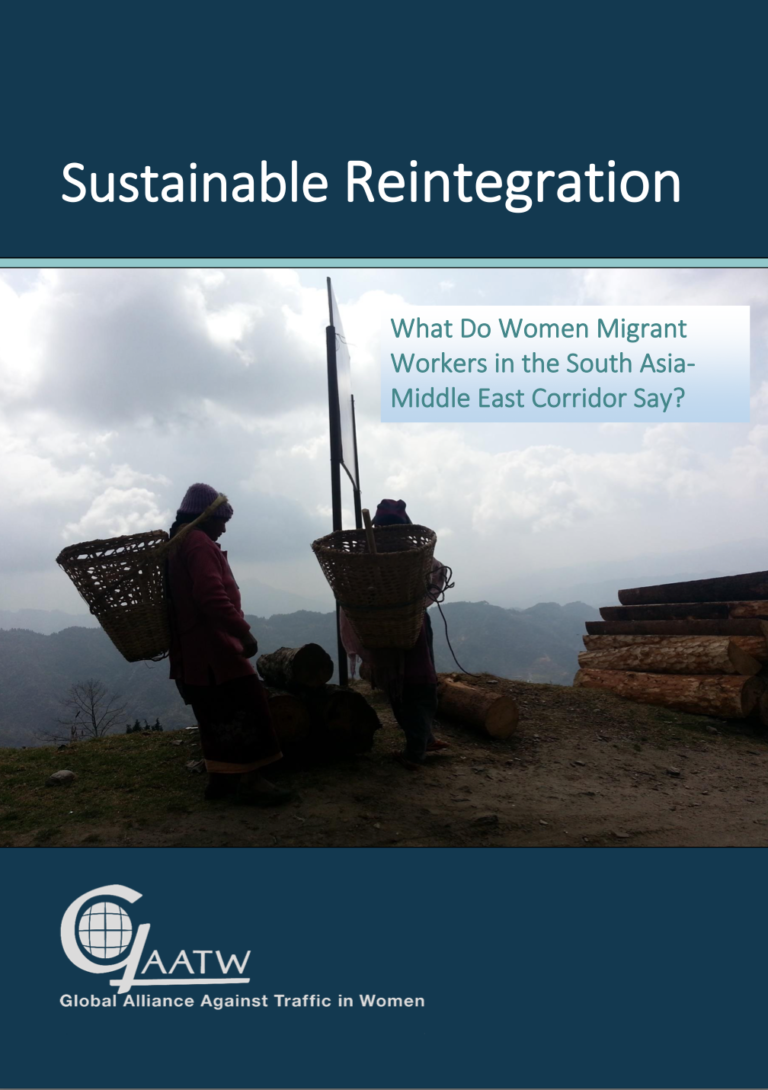Return and reintegration are core features of international instruments for the protection of migrants’ rights and migration governance. The Global Compact on Migration encourages states to facilitate ‘the safe and dignified return’ as well as ‘sustainable reintegration’ of migrants. The UN Convention on migrant workers obliges states to cooperate for the‘orderly return’ of migrants. Governments have, to varying degrees, included reintegration measures in their migration legislation and action plans, while many NGOs and international organisations implement projects to support returning migrants’ reintegration.
However, the ideal scenario imagined in international conventions, where migrants return voluntarily to the safety of their homes and live happily thereafter, often does not materialise. Many migrants are fleeing their homeland for a number of reasons including conflict, war, climate crisis and various forms of persecution. States spend millions of dollars to protect their borders and to deter migrants from entering their countries. ‘Voluntary’ return is often a euphemism for a situation when migrants are technically not ‘forced’ but must leave because they cannot enter or stay in the destination country. Migrant workers often return with experiences of abuse and without any savings and plan to remigrate as soon as they can. Some of the challenges are a direct result of labour migration regimes. Others stem from the fact that many migrants return to the same socioeconomic conditions, which prompted their migration in the first place, such as lack of economic opportunities or violence within the home. In short, return and reintegration are fraught with many challenges. The COVID-19 pandemic has exacerbated these challenges, as many migrants lost their jobs, were forced to return, or unable to return, incurred additional costs related to their return, and were unable to make a living once back in their home countries.
The aim of this report is to highlight these challenges as they were expressed by women migrant workers from South Asia who returned from the Middle East. It also highlights gaps in the implementation of policies and programmes for sustainable reintegration of migrants. It identifies opportunities for improvement based on migrant women’s own desires and ambitions, as well as the work of civil society organisations working with them.

